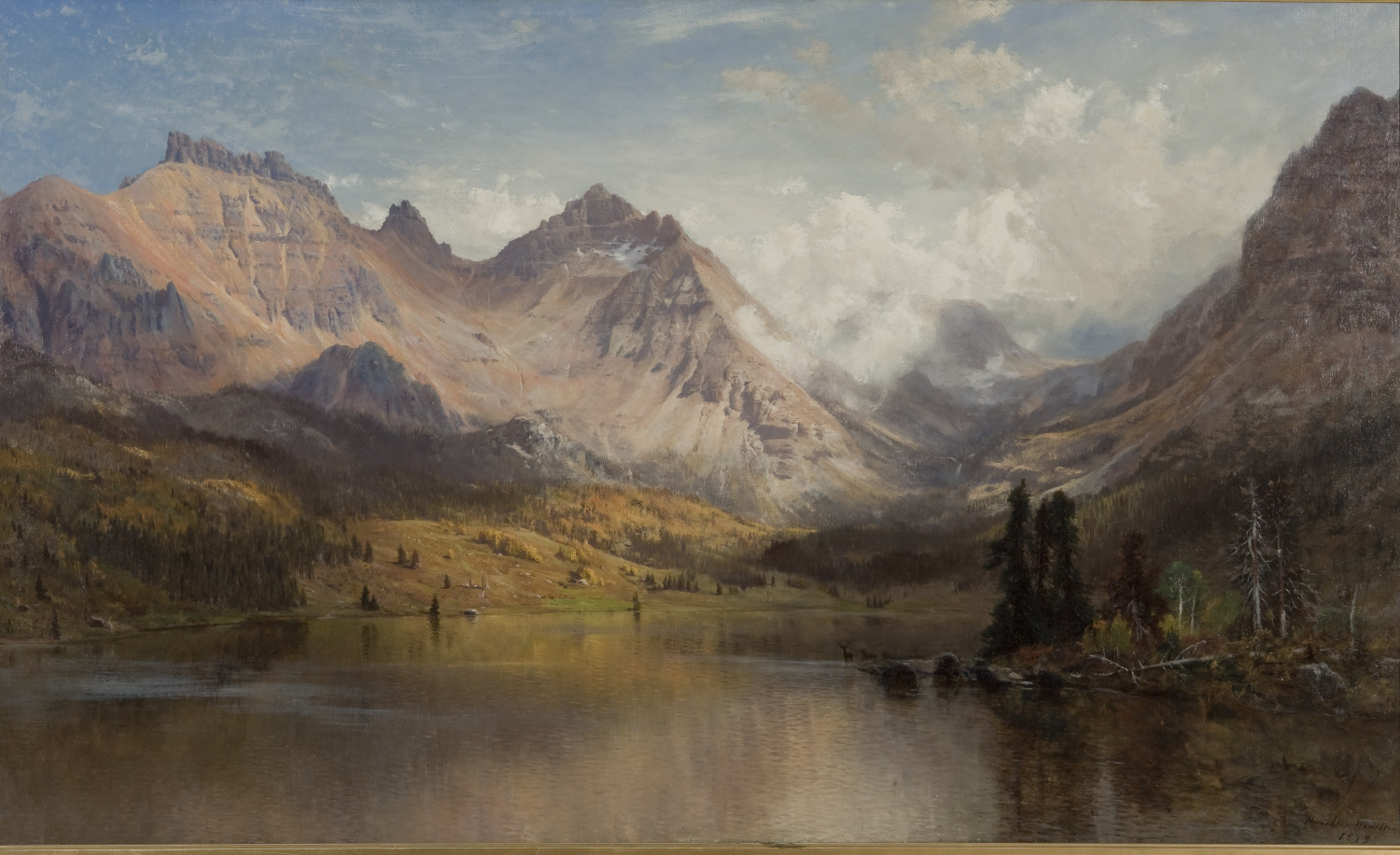ABOUT THE INSTALLATIONS
Discover works from the American art collection that explore abstract art from across the Americas and depict the sublime vistas and diverse cultures and characters of the western United States.
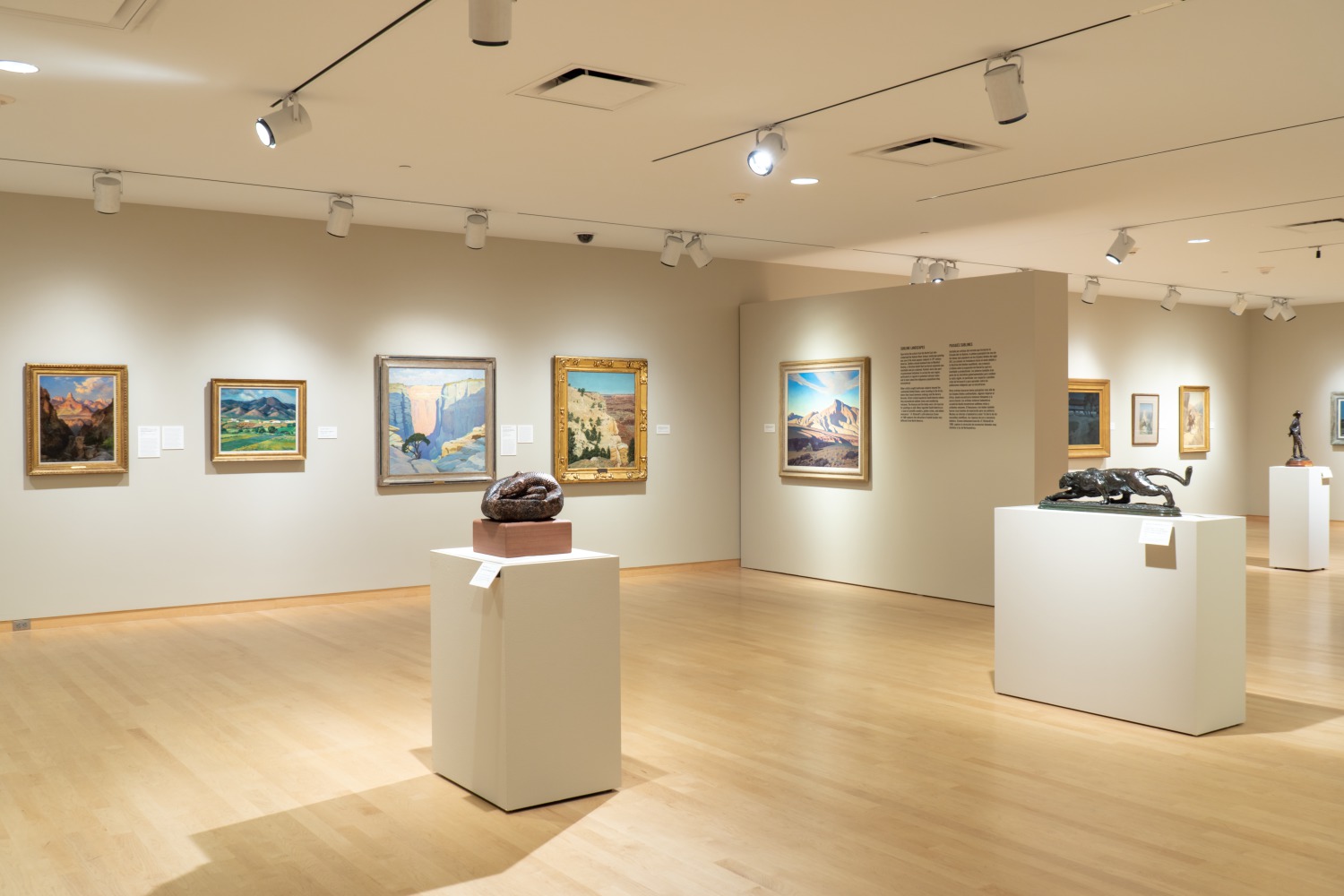
(Above): Installation view of Sublime Landscapes, 2020, Phoenix Art Museum. (Header): Hamilton Hamilton, Trout Lake, Colorado, 1879. Oil on canvas. Museum purchase with funds provided by the Douglas C. Summers Memorial Fund. Photo: Ken Howie
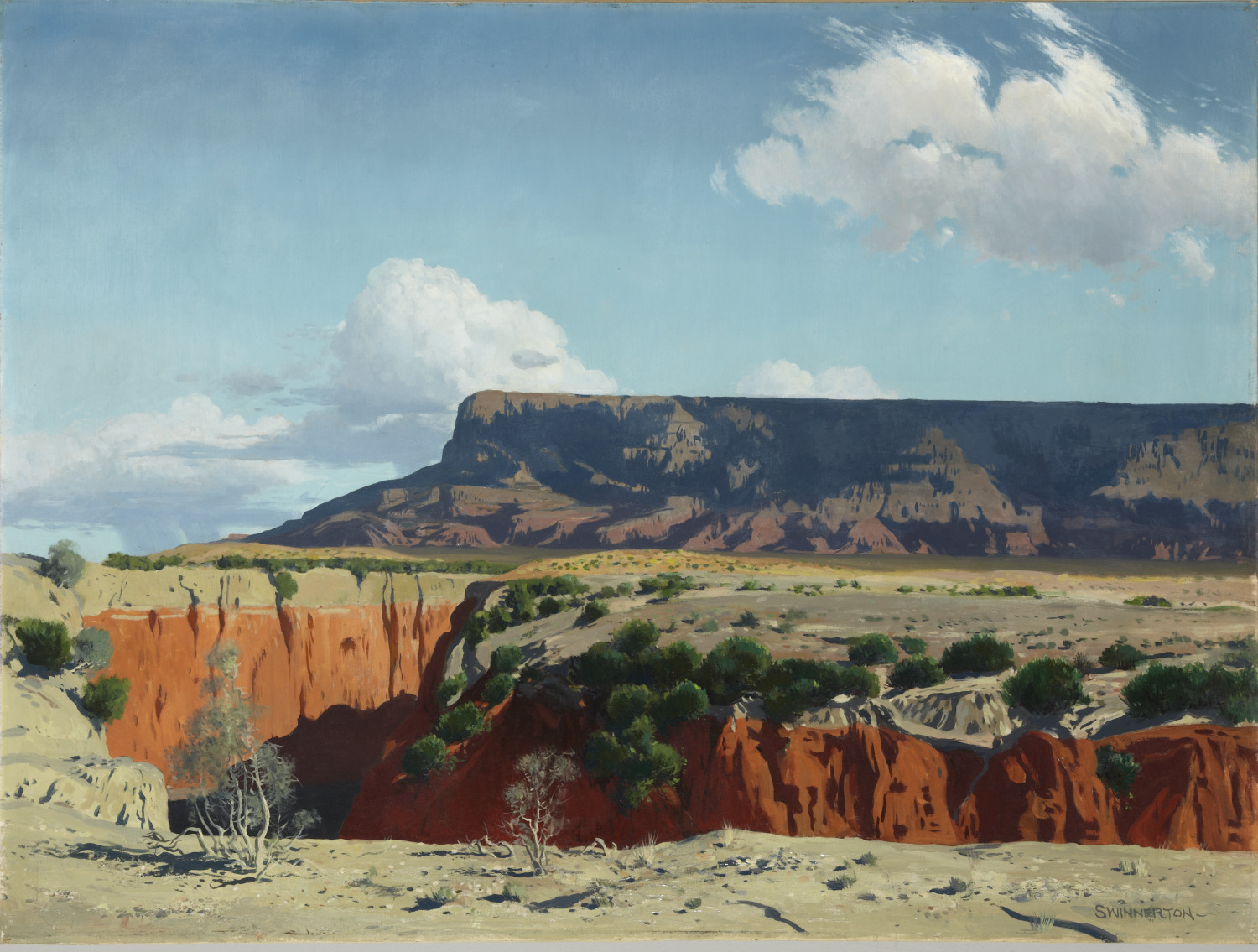
Western Variations
The colorful grandeur of southwestern landscapes offered endless inspiration to artists who came to the region. Their depictions—captured with a documentary eye and theatrical drama—encouraged exploration and inspired awe. Taos and Santa Fe were important centers of representation and vibrant modernism in New Mexico. In Arizona, Thomas Moran’s paintings of the Grand Canyon inspired other artists to make their own renditions of the state’s signature landscape. Creative variations from illustrators, outdoorsmen, and experimental artists depicted dreamland colors, captured suspenseful action, and expressed movement using bold lines. Western Variations highlights key works from the PhxArt Collection that depict iconic southwestern landscapes.
IMAGE CREDIT
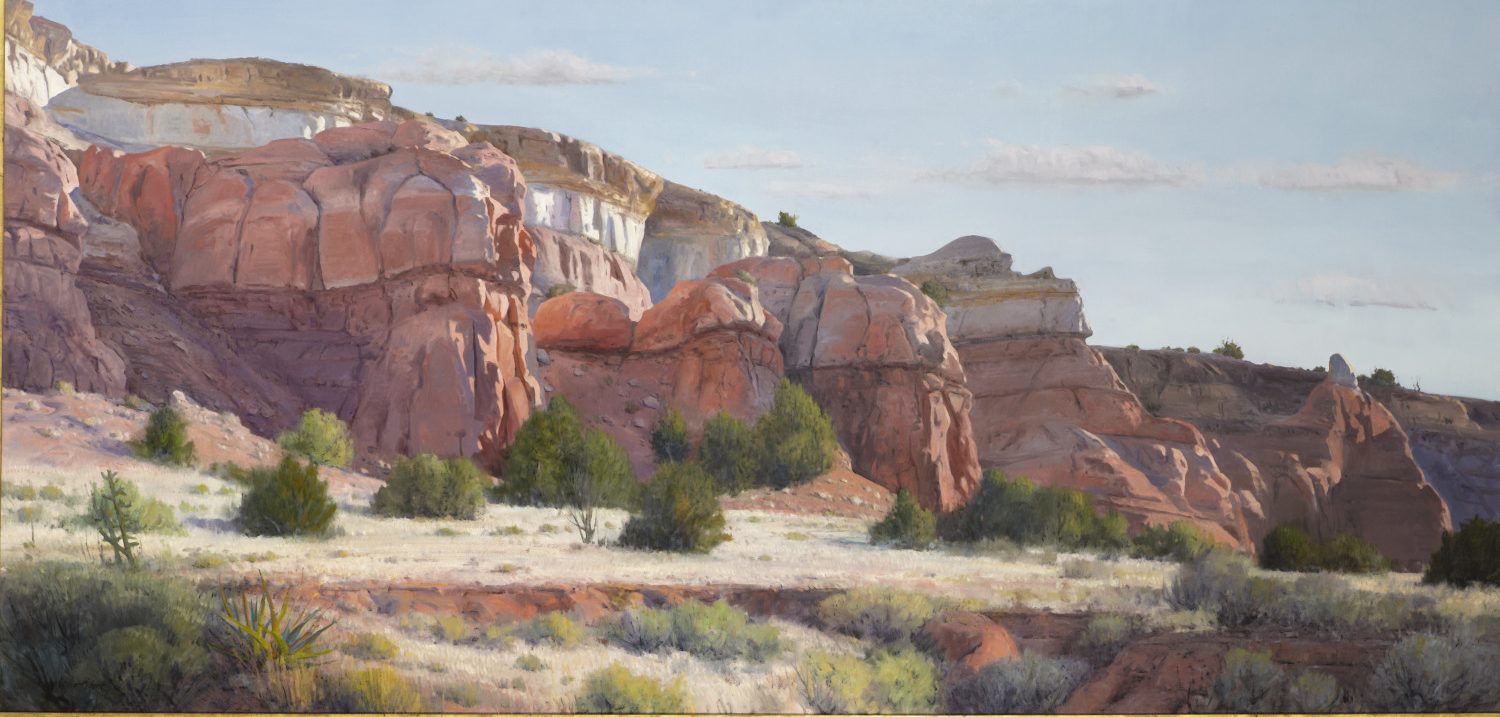
The Muse of New Mexico
New Mexico has long been a magnet for artists and writers, who draw inspiration from the state’s desert landscapes and the cultures, experiences, and artwork of Indigenous peoples from the northern New Mexico pueblos of Nambé, Ohkay Owingeh, Picuris, Pojoaque, San Ildefonso, Santa Clara, Tesuque, and Taos. The Muse of New Mexico presents vibrant and diverse works from the PhxArt Collection that draw inspiration from the region’s dramatic landscapes and were created by artists such as Carlos Vierra, Agnes Martin, Arturo Chávez, and Robert Henri, who would make New Mexico their permanent home.
IMAGE CREDIT
Arturo Chávez, Neapolitan Cliffs, 2011. Oil on linen on panel. Museum purchase with funds provided by Western Art Associates and J. M. Kaplan Fund, New York.
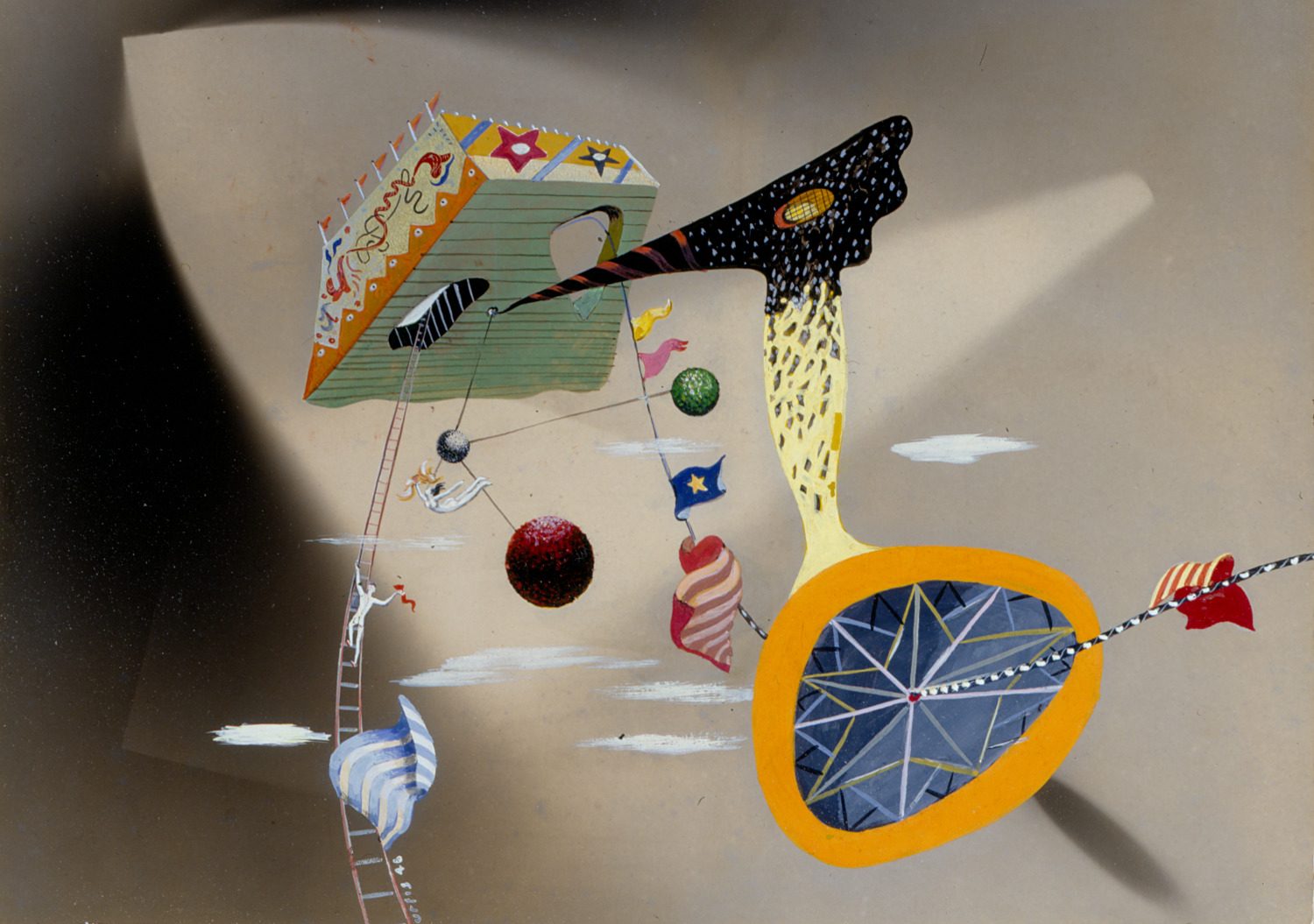
American Abstraction During the Thirties and Forties
American abstract painting flourished in the period between the Great Depression and World War II despite ongoing competition with European artists. Many of the leading American painters had studied in Europe during the early part of the century, while others came to maturity at home in the ’30s. Founded in 1936, the American Abstract Artists (AAA) was a group dedicated to exhibiting and promoting non-representational art in New York City. By the dawn of the ’50s, American abstraction and its signature abstract expressionist style made New York City the center of the Western art world. American Abstraction During the Thirties and Forties explores this rich history of American abstract painting through artworks drawn exclusively from the PhxArt Collection.
IMAGE CREDIT
Philip C. Curtis, Space Activity, 1946. Tempera on paper. Gift of the Philip C. Curtis Restated Trust U/A/D April 7, 1994.
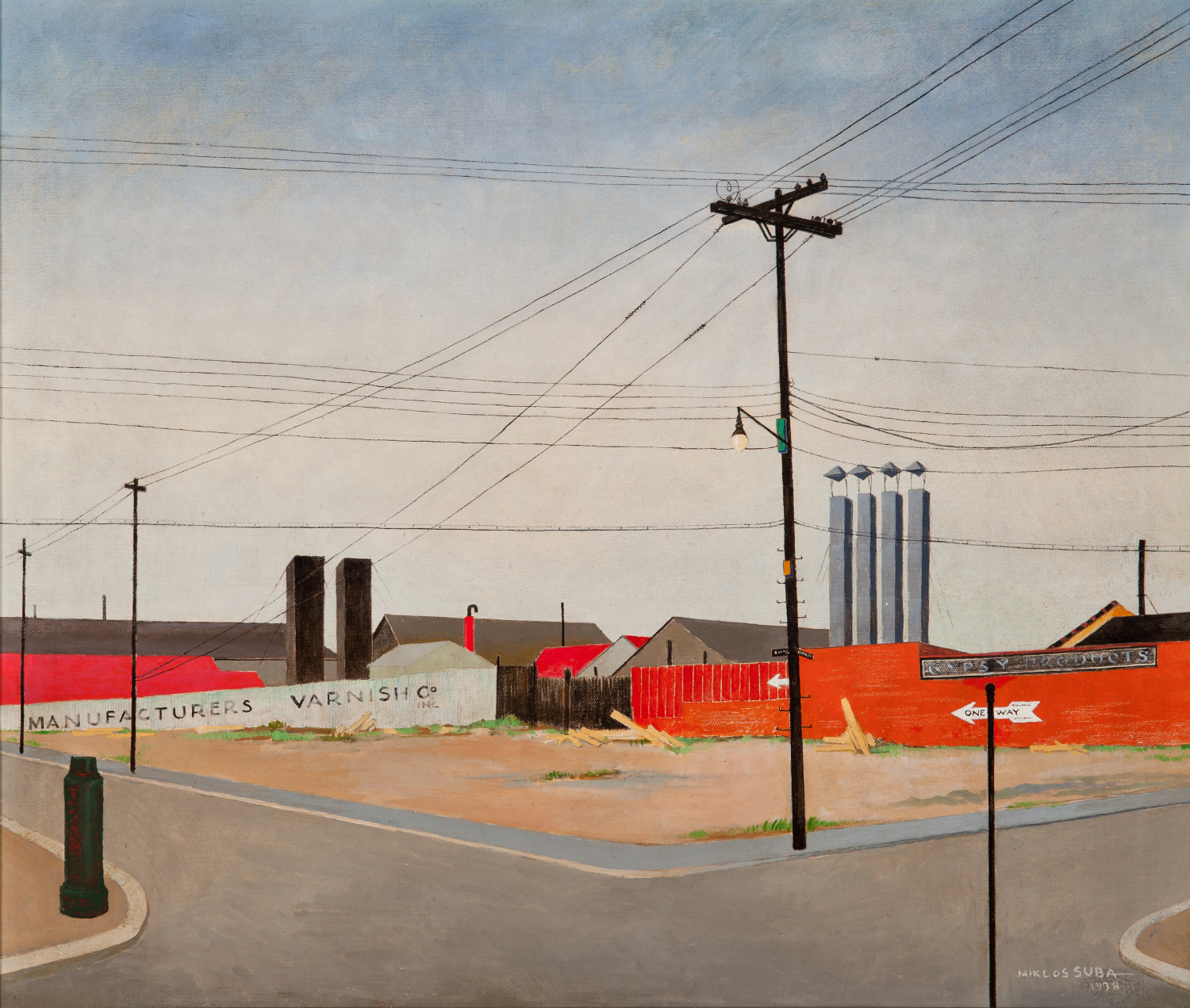
American Scenes/Americas Seen
During the ’30s and ’40s, many artists reacted against the abstract styles favored by the first generation of American moderns, dismissing non-objective art as “un-American.” Favoring representational modes, artists on both sides of the border pursued variations on several period styles variously called the American Scene, Regionalism, and Social Realism in the United States. In Mexico, the Mural Movement, shaped by the utopian fervor of the Revolution, was initially a state-sponsored project to bring public art to the masses, translating nationalist ideologies into visual form. American Scenes/Americas Seen features works from the PhxArt Collection created by celebrated muralists and abstract artists from Mexico and the United States.
IMAGE CREDIT
Miklos Suba, American Landscape, 1938. Oil on canvas. Gift of Dr. and Mrs. Lorenz Anderman.
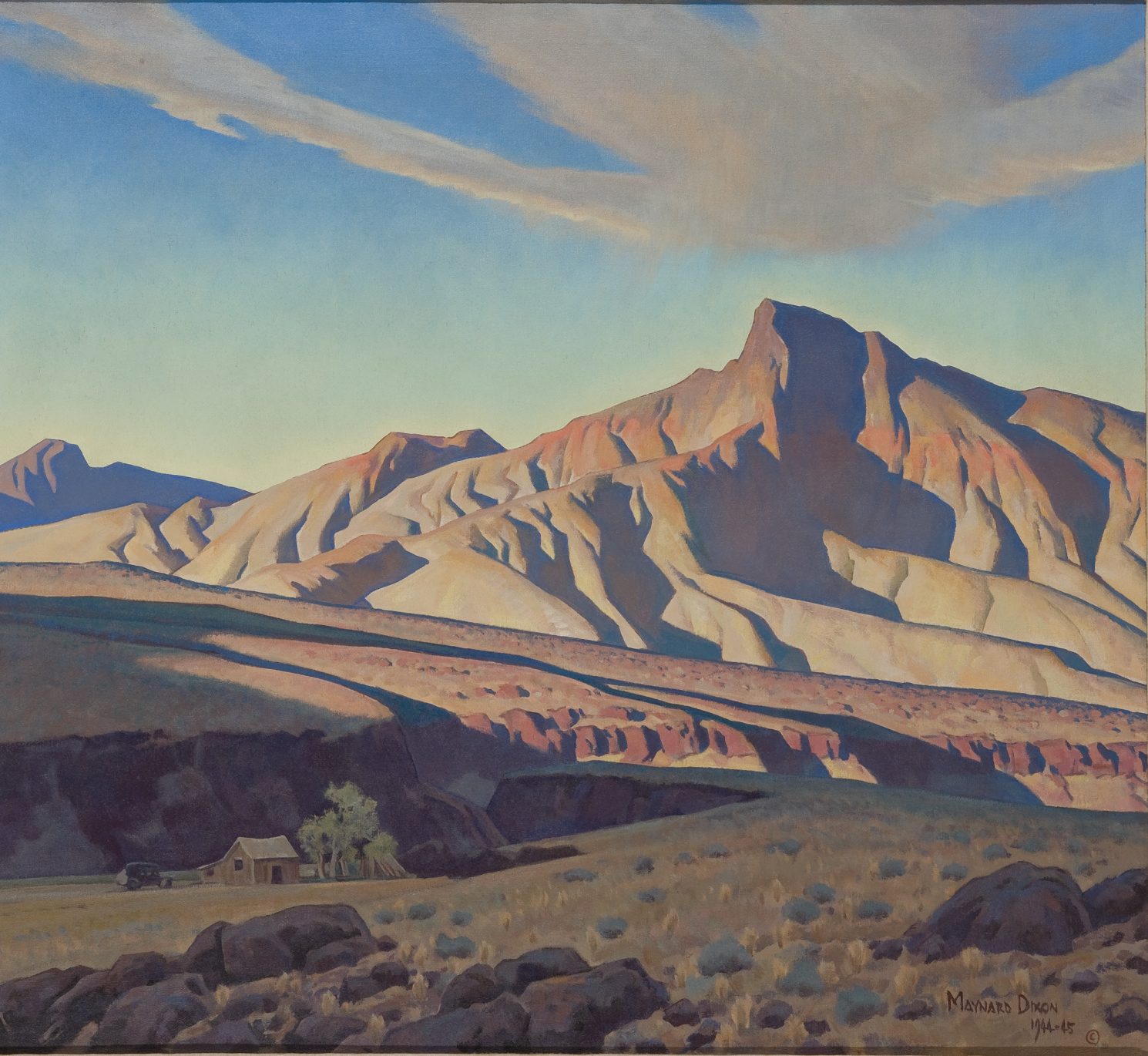
Sublime Landscapes
Spurred by artists from the northeastern United States who comprised the Hudson River School, landscape painting became one of the most popular subjects in 19th-century America. As settlers moved westward due to Manifest Destiny, a Christian belief that territorial expansion was inevitable and pre-ordained, artists began painting the epic vistas they encountered. Some were also part of government initiatives to survey the vast region, particularly for potential railroad routes and to learn about Indigenous populations. Other artists, however, sought landscape subjects beyond the continental United States, with some traveling to the Arctic, equatorial South America, the Amazon, and the Andes. Sublime Landscapes celebrates this tradition of landscape painting with works drawn exclusively from the PhxArt Collection.
IMAGE CREDIT
Maynard Dixon, Home of the Desert Rat, 1944-1945. Oil on canvas. Bequest of Leon H. Woolsey.
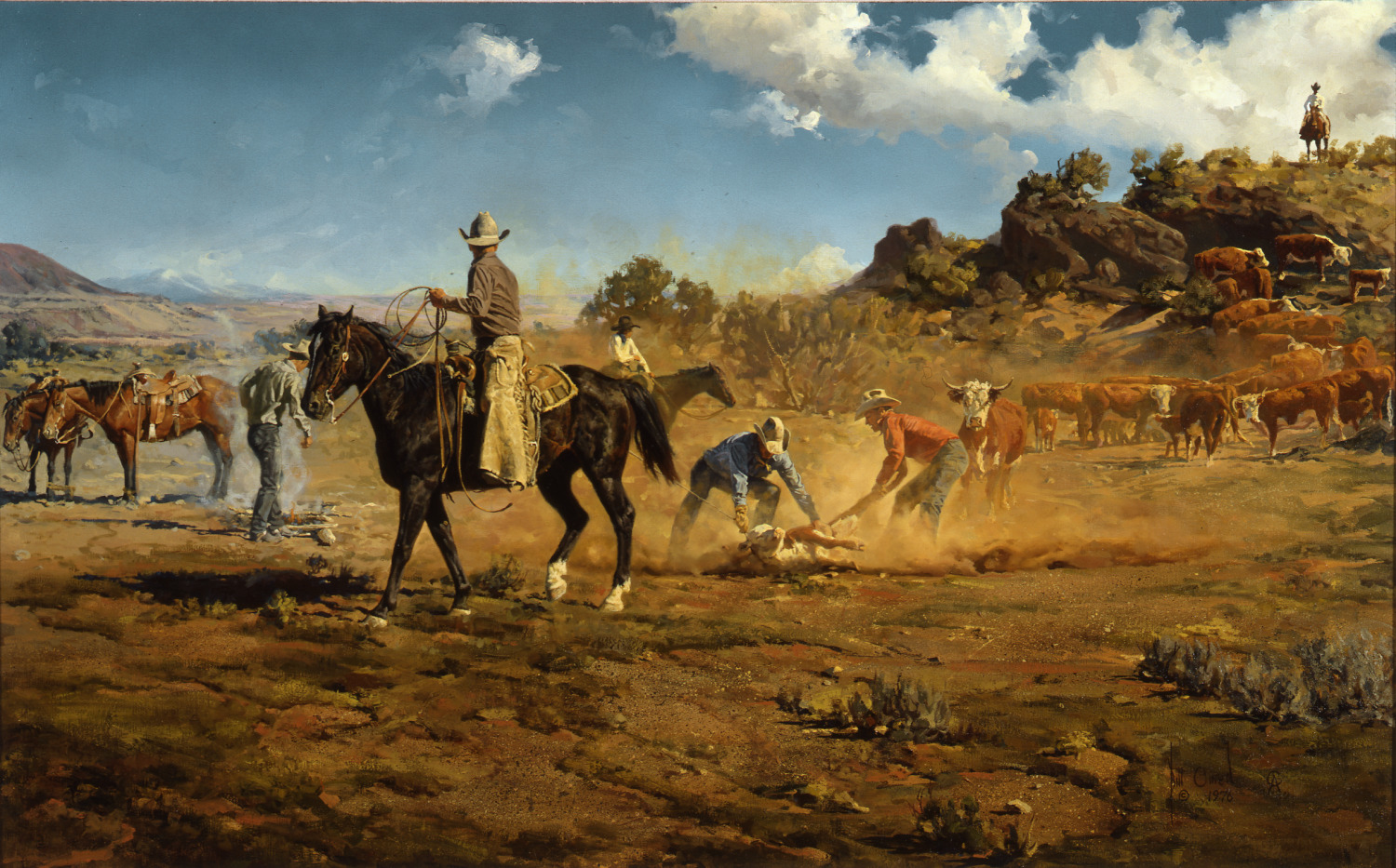
You Are in Cowboy Country
Although the white cowboy is a celebrated icon in U.S. popular culture and art, cowboys and cowgirls of different races and nationalities have contributed significantly to the history of the western United States, and their stories are not often represented. You Are in Cowboy Country sheds light on the histories and influences of these underrecognized communities, including Mexican vaqueros, Buffalo Soldiers, Navajo cowboys, and cowgirls, through works drawn exclusively from the PhxArt Collection.
IMAGE CREDIT
Bill Owen, The Working Cowboy, 1976. Oil on canvas. Given in memory of Dean Stanley by friends and family.
EXHIBITION SPONSORS
The Collection: American Art is organized by Phoenix Art Museum and curated by Betsy Fahlman, PhD, adjunct curator of American art.
American Abstraction During the Thirties and Forties; American Scenes/Americas Seen; Sublime Landscapes; and You Are in Cowboy Country are made possible through the generosity of the Henry Luce Foundation.

All exhibitions at Phoenix Art Museum are underwritten by the Phoenix Art Museum Exhibition Excellence Fund, founded by The Opatrny Family Foundation with additional major support provided by Joan Cremin.
RELATED EVENTS AND PROGRAMS
RESOURCES
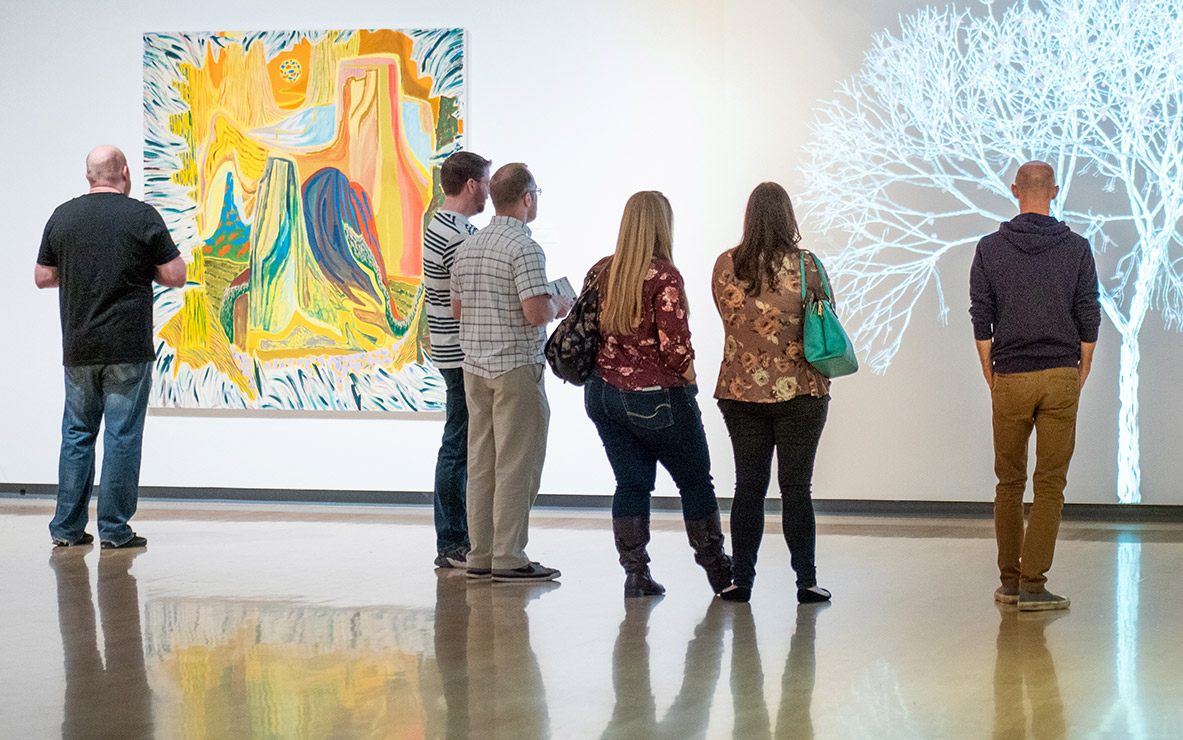
Featuring more than 20,000 objects, the collection spans the globe, bringing the world to our city, and our city to the world.
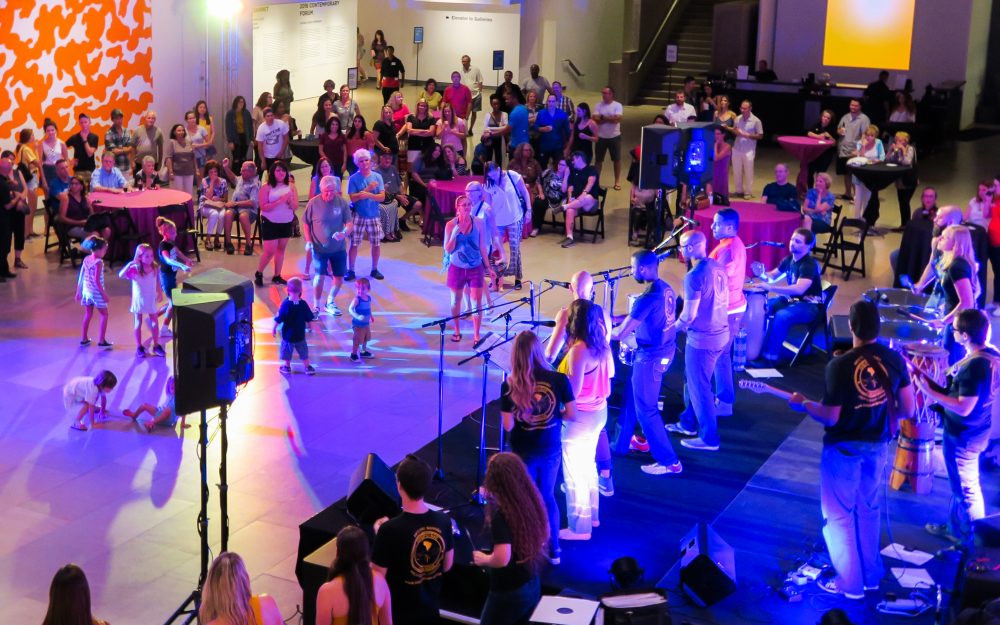
Discover a world of programs, workshops, and more, and experience your museum in a whole new way.
EXHIBITIONS
On view for a limited time, exhibitions present art from across the centuries and the globe, from iconic fashion to Old Master paintings, contemporary photography to historical objects of Asia.
MORECOLLECTIONS
Featuring more than 20,000 objects, the collection spans the globe, bringing the world to our city, and our city to the world.
MORE